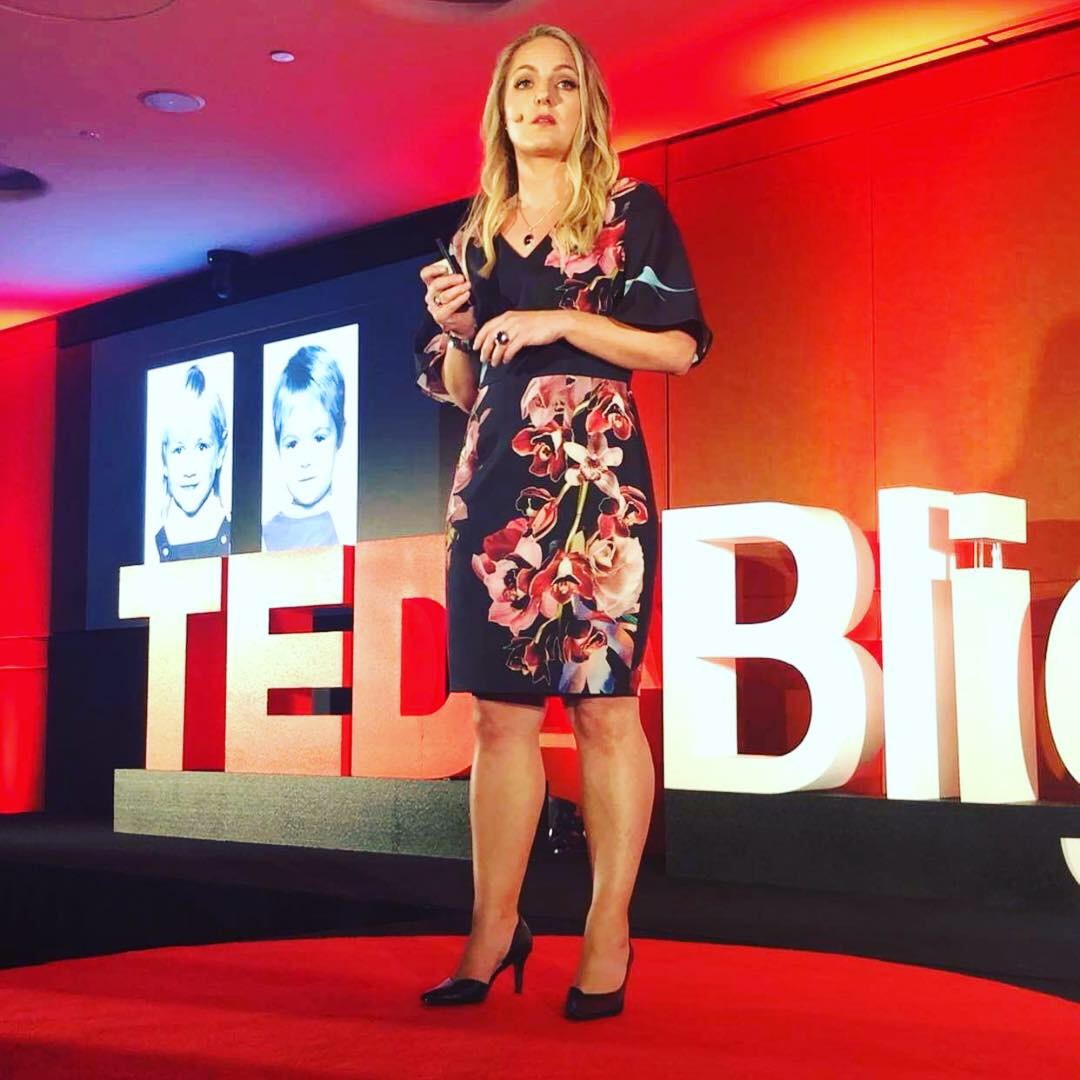The Australian Facility for Taphonomic Experimental Research (AFTER) is the only human decomposition facility in the Southern Hemisphere. In April 2019, the Australia New Zealand Policing Advisory Agency DVI Committee (ADVIC) conducted a two-day national DVI exercise at AFTER involving 50 participants representing every police jurisdiction in Australia and New Zealand, the Australian Defence Force, specialist forensic disciplines and mortuary operations. The aim of the exercise was to test the ability of DVI practitioners from multiple jurisdictions to deploy to, and process, a DVI scene and undertake remote post-mortem activities in accordance with INTERPOL DVI Guidelines.
In her presentation at ISHI, Jodie Ward (Director of the Australian Facility for Taphonomic Experimental Research (AFTER) and Forensic DNA Identification Specialist at NSW Health Pathology) will present on the exercise desribed above, and share why the increasing use of taphonomic facilities for conducting disaster preparedness activities will be critical for the education and training of police, forensic and defence agencies involved in DVI, counter terrorism and humanitarian forensic operations, and producing more significant outcomes for stakeholders and the broader community.
We sat down with Jodie and asked her to share some background on the exercise, any key takeaways, and her predictions for the future.
Jodie, thanks for chatting with us today! For those who are unfamiliar with the term or concept, can you briefly describe what a Human Taphonomic Facility is and the purpose for establishing them?
Human Taphonomic Facilities (HTF) are unique body donation facilities dedicated to the study of forensic taphonomy (study of human remains from the time of death to the time of discovery) by academic, police and forensic investigators. Currently, there are 10 HTF worldwide; in the United States, Australia, and the Netherlands. The physical, chemical and biological processes of human decomposition can be investigated under a variety of realistic conditions to enhance forensic techniques to find, recover and identify victim remains and estimate time of death in that local environment. The research, education and training conducted at these HTF is important to aid both criminal and coronial investigations.
Can you briefly describe the multi-disciplinary exercise that you’ll be presenting at ISHI? What qualities of the Taphonomic Facility made it particularly useful for this type of exercise?
A national capacity building DVI exercise was conducted at the Australian Facility for Taphonomic Experimental Research, involving police, military and forensic science representatives. The scenario was a replication of a building collapse with six victims.
This exercise presented a unique opportunity for first responders and forensic specialists to be involved in an authentic training exercise with exposure to deceased persons. In addition, the facility allowed the scene and post mortem phases of DVI to be conducted in a remote, field-based location, typical of the Australian bush environment.
How did this case study come to fruition? How did you become involved?
This exercise was developed collaboratively with academic and industry experts. My participation in the exercise was as the Forensic DNA Specialist representing NSW Health Pathology and the Australia New Zealand Policing Advisory Agency National Institute of Forensic Science (ANZPAA NIFS) Biology Specialist Advisory Group.
I was tasked with selecting and collecting suitable biological samples for DNA testing during the post mortem examination in the temporary mortuary, with consideration given to the condition of the individual bodies, non-invasive collection methods (e.g. toenails) and the objective to achieve a rapid identification.
As the new Director of AFTER, I am keen to expand the types of DVI capacity building exercises we conduct at AFTER. This ranges from replicating both natural and man-made disasters, as well as including both an in-field component as conducted in this scenario, with subsequent processing of the remains at a mortuary and DNA laboratory as an education and training exercise for mortuary and DNA staff, respectively.
What was it like working with a multi-disciplinarian team in this scenario? Did you find that you needed to alter your traditional methods of processing a scene?
Teamwork, resilience and effective communication were essential attributes for all personnel involved in this exercise. Each participant knew they had a job to do, and we relied on the collective efforts of all involved to successfully find, recover and identify each of the victims.
The forensic approach taken in this scenario was very different to the approach I would take in a permanent, sterile mortuary environment. For starters, there was no running water or electricity so we were limited to the portable laboratory equipment and supplies deployed by the DVI team. It was also difficult to maintain as stringent DNA contamination minimisation procedures in this remote environment as I was used to, but it highlighted the importance of having sufficient sterile disposable equipment and personal protective equipment available.
Did any surprises arise during the course of the study?
This exercise highlighted the propensity for bodies to experience differential decomposition; depending on where the victims were situated within the building collapse.
What has been your biggest takeaway?
The importance of having forensic DNA specialists present in the early phases of DVI to direct the post mortem selection and collection of optimal biological samples based on the condition of each body and the context of the mass disaster.
I would imagine it’s quite difficult to mentally prepare for a disaster victim identification scenario as well. Was this discussed during your exercise, and do you have any advice others who may become involved with DVI situations?
Participants were addressed by a psychologist prior to undertaking the exercise and underwent a group debrief after the exercise. I also found it beneficial to talk about the experience with colleagues in real-time as a way of processing the sights, sounds and smells we were exposed to.
What tips would you give to someone who is just starting out in the field of forensics, or what is the best advice that you’ve received?
You have to stand out from the crowd. In forensic science, jobs are very scarce and competitive. I am also a big believer in embracing opportunities when they present themselves. Some of the opportunities I have had in my career have been game-changers! And you should do something you are passionate about; so keep trying new things until you discover what that is!
As we celebrate the 30th anniversary of ISHI, do you have any predictions for what the future holds or do you have any fond memories of using older technologies/techniques?
This is an exciting time to be in forensic human identification. Not only is routine DNA technology cheaper, faster and better than it’s ever been, we have a plethora of (genetic and non-genetic) forensic techniques now available to us to aid missing persons investigations. I am an advocate for applying an interdisciplinary approach to missing persons identification including newer genetic technologies such as forensic DNA phenotyping and forensic genetic genealogy, as well as non-genetic (and sometimes underutilised) technologies, such as radiocarbon dating and craniofacial reconstructions.
What’s one thing that others may not know about you?
I recently delivered a TEDx talk on my journey as a forensic humanitarian championing the introduction of a national DNA program to resolve Australia’s unidentified and missing person cold cases. You can view my talk titled ‘putting a name and face to Australia’s unidentified bones’ here.
WOULD YOU LIKE TO SEE MORE ARTICLES LIKE THIS? SUBSCRIBE TO THE ISHI BLOG BELOW!
SUBSCRIBE NOW!



